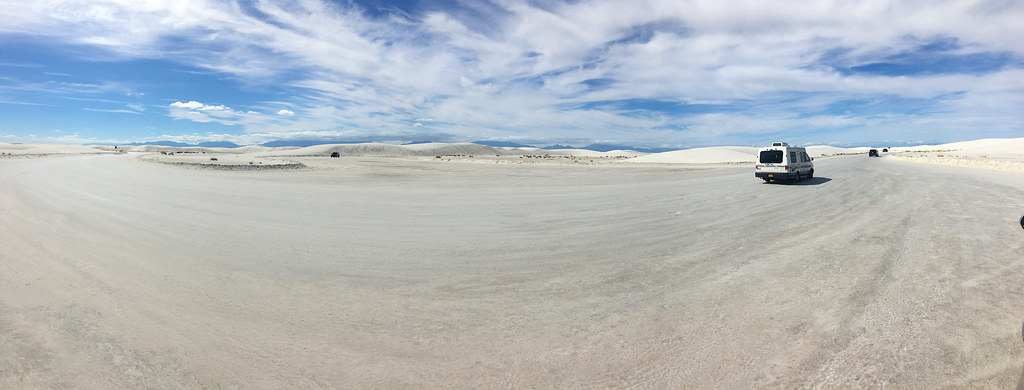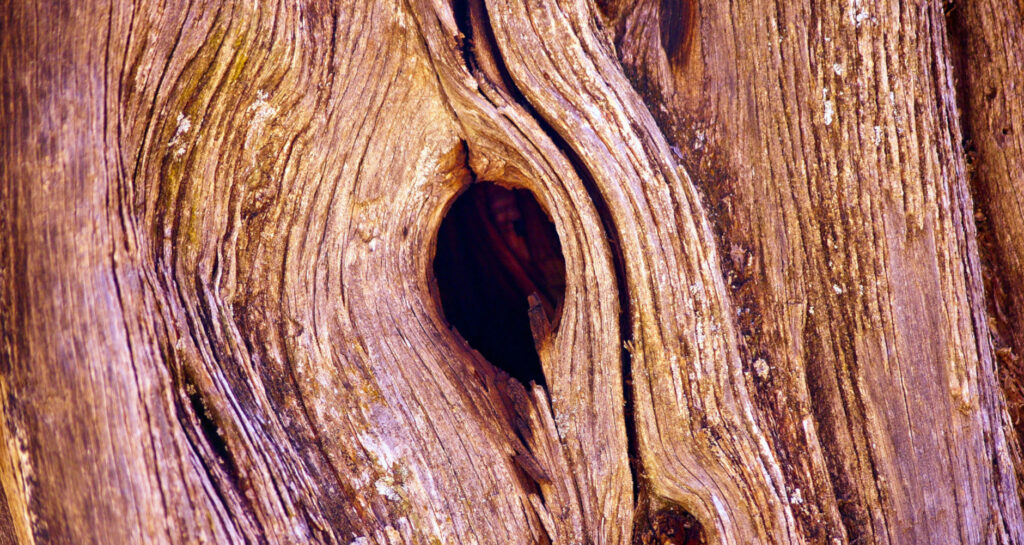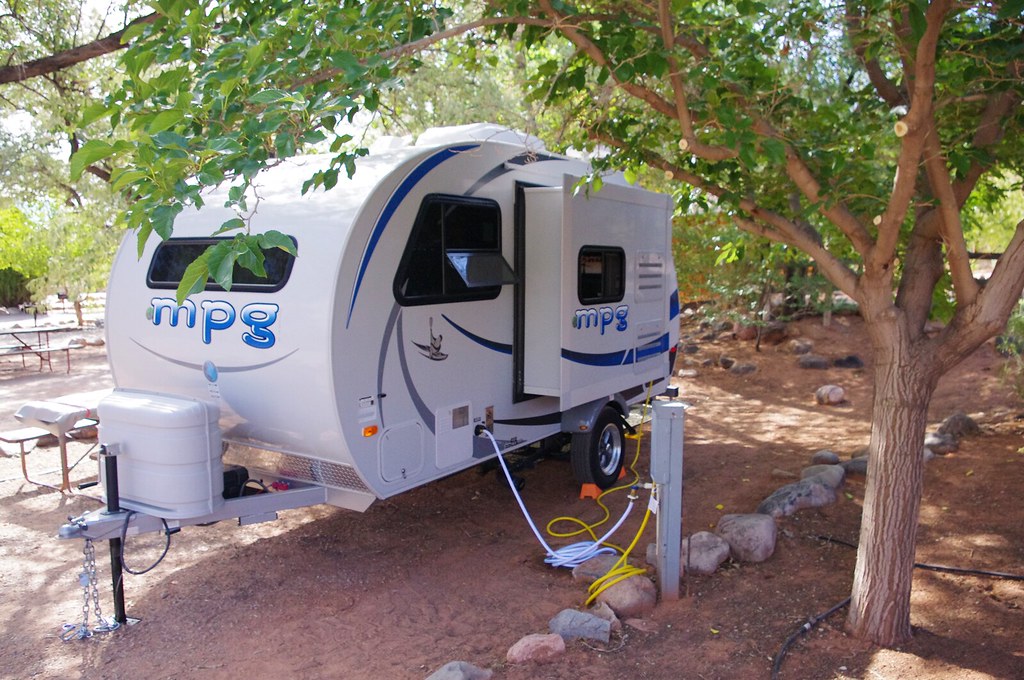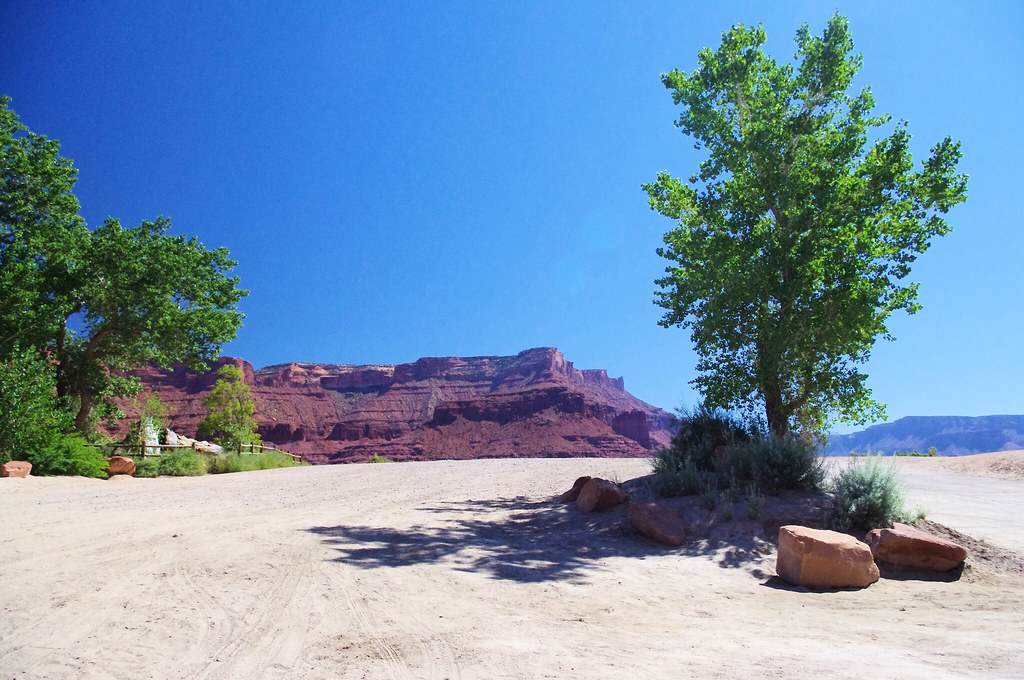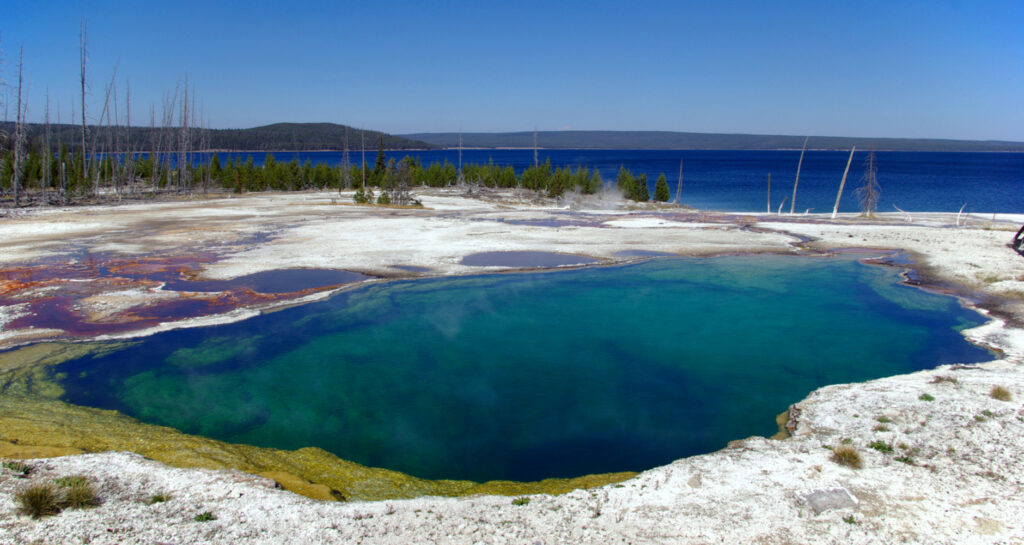
Abyss Pool, West Thumb, Yellowstone National Park (a UNESCO World Heritage Site), Wyoming, September 12, 2007
Foot floating in a Yellowstone hot spring leaves more questions than answers
LiveScience
8/19/22
Accessed 8/21/22
Authorities say they don’t suspect foul play, but have linked the foot to a July 31 death.
A foot found floating in a hot spring at Yellowstone National Park has been linked to a July 31 death.
On Aug. 16, a park employee found the foot, still encased in a shoe, in Abyss Pool, one of the deepest hot springs in Yellowstone. In a statement today (Aug. 19), authorities said that the foot is linked to an incident involving a single individual on the morning of July 31 and that they do not suspect foul play. They did not elaborate on why they do not suspect foul play, nor did they identify the person who died. An investigation is ongoing.
Abyss Pool
Wikipedia
Accessed 8/21/22
Abyss Pool is a hot spring in the West Thumb Geyser Basin of Yellowstone National Park. The pool was named by Chief Park Naturalist Clyde M. Bauer, possibly after a reference to Lieutenant G.C. Doane’s 1870 description of a spring in this area which spoke of the visibility of objects in the “deep abysses” of the pool. A visitor in 1883 described it as “a great, pure, sparkling sapphire rippling with heat.”
Abyss Pool has a depth of 53 feet (16 m). The pool erupted for the first time in recorded history between August 1987 and September 1991 and again between December 1991 and June 1992. The eruptions were between 30 feet (9.1 m) and 100 feet (30 m) high. Since 1992, the pool has returned to its non-eruptive state.


